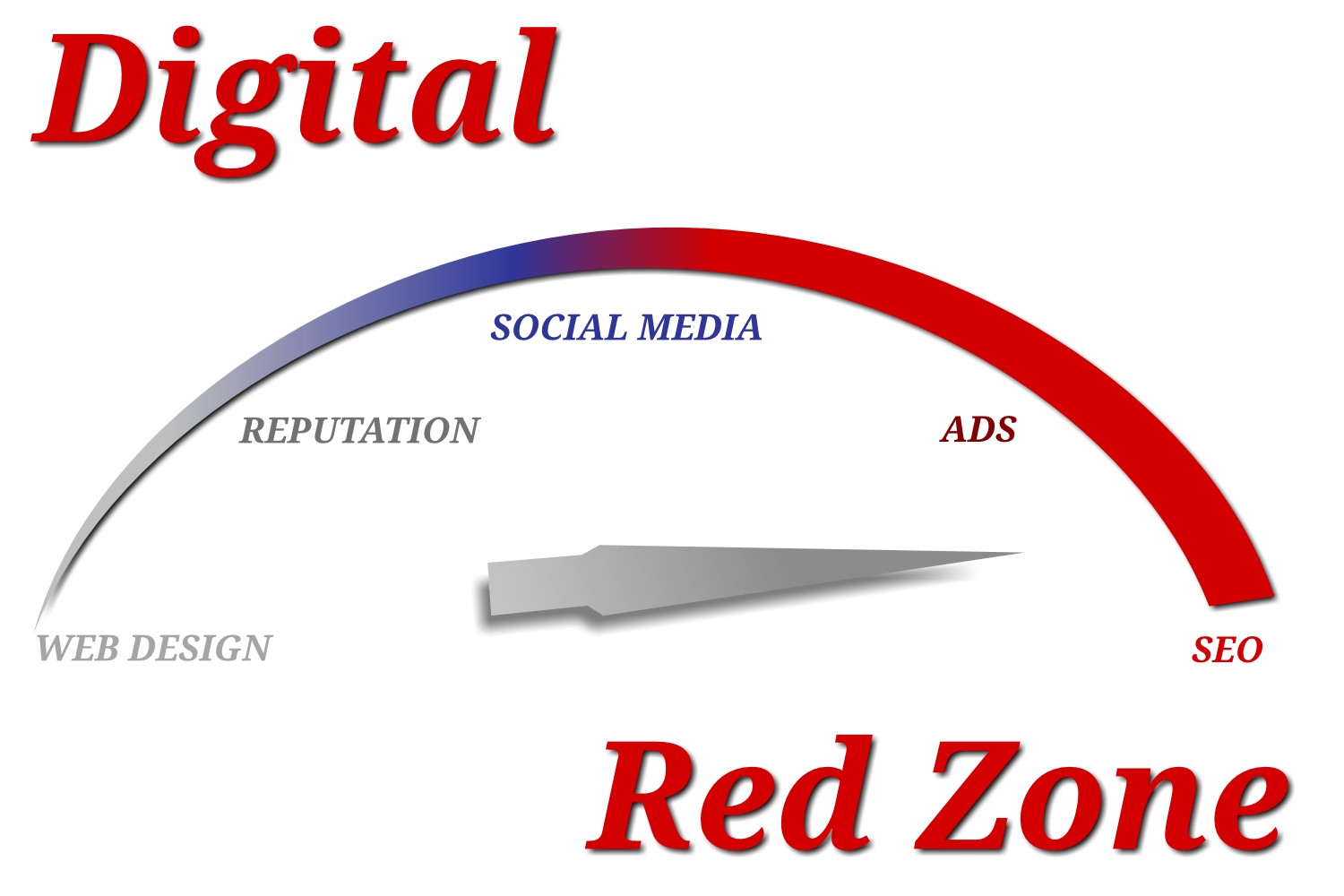Top Restaurant Marketing Tactics That Actually Work Now

Did you know that 70% of restaurant-goers check online reviews before choosing where to dine? In an industry where every table matters and competition is fierce, the right restaurant marketing tactics can make or break your business. This article unpacks the playbook top restaurants are using now to win and keep loyal customers, walking you through practical strategies with real-world results and expert insights. If you want your marketing campaign to work smarter, not just harder, you’re in the right place.
Opening Insights: The Current State of Restaurant Marketing Tactics
“70% of restaurant-goers use online reviews before selecting a restaurant — does your marketing strategy put you in their path?” — Jane Doe, Restaurant Consultant
- Surprising marketing statistics every owner needs to know
- Why old restaurant marketing strategies are fading
- The need for modern restaurant marketing tactics today
The restaurant industry has experienced a seismic shift in how guests discover, choose, and talk about their dining experiences. Restaurant marketing tactics that once focused purely on print ads, flyers, or word-of-mouth are now sharing the stage—or outright replaced—by digital channels, influencer partnerships, and platforms like Google Business. Today, data shows that customers are not only drawn in by a creative marketing strategy, but they expect a seamless online presence and instant access to menu items, reviews, and ordering capabilities.
With restaurant marketing campaigns growing more sophisticated, the winners are those restaurants that adapt quickly: blending online order capabilities with experiential marketing ideas, integrating loyalty programs into their digital footprint, and aligning their marketing budget to what actually drives reservations and repeat visits. Whether you run a cozy local restaurant or manage a multi-location chain, the foundation is the same—meet your audience where they are and stay nimble.
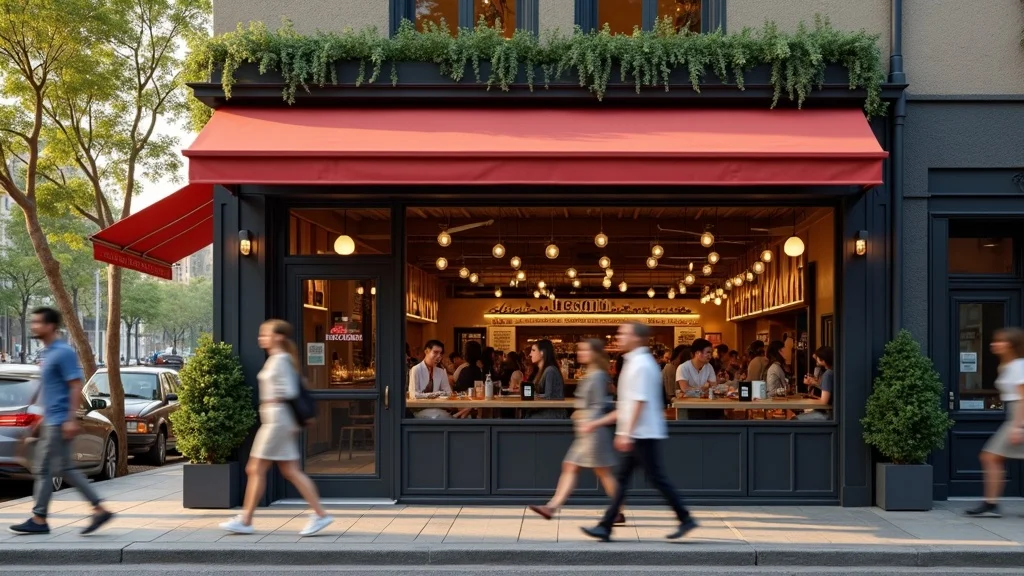
What You’ll Learn About Restaurant Marketing Tactics
- Actionable restaurant marketing tactics suited for local restaurants & national chains
- Digital and in-person marketing strategies for all budgets
- Measuring marketing campaign ROI
- Real-world marketing ideas driving results now
By the end of this article, you’ll have a clear roadmap on how to revamp your marketing campaign, adopt proven marketing strategies, and track restaurant marketing ROI. We’ll look at how famous venues use media marketing, why loyalty programs pay off, and which digital touchpoints—like Facebook, Instagram, and Google Ads—are delivering reservations and return customers right now.
Understanding Restaurant Marketing Tactics: Definitions and Fundamentals
What Are Restaurant Marketing Tactics?
Restaurant marketing tactics are the actionable steps and tools you deploy to promote your local restaurant, build a loyal customer base, boost online ordering, or drive in-house sales. These can range from a targeted Google Ads campaign or email marketing push to time-sensitive offers on menu items or in-person events. While a marketing strategy is your big-picture map, marketing tactics are the engines moving you to each destination—getting your message in front of your target audience and prompting action.
In today’s landscape, effective restaurant marketing is rarely one-size-fits-all. Successful restaurants layer tactics: cross-promoting new dishes on social media, encouraging online reviews, and using in-store signage for upselling. The goal for your marketing campaign? To make every customer touchpoint a seamless part of the dining experience, from the moment someone Googles your business profile to the instant they join your loyalty program.
The Role of Restaurant Marketing Strategy
Your restaurant marketing strategy is the plan that aligns your business goals with the customer’s journey. It’s about crafting an identity, understanding what your customers actually want, and then selecting the right restaurant marketing tactics to reach and resonate with your audience. Whether you’re a family-owned local restaurant or a growing chain, the right strategy helps you focus resources, adapt to changing trends, and connect each campaign back to measurable returns.
For effective restaurant marketing, strategy should come before tactics. This means regularly evaluating your menu items, knowing your customer base, focusing on both online and offline presence, and being prepared to pivot as technology and preferences evolve. A great restaurant marketing strategy leverages data, learns from past campaigns, and doesn’t just follow trends—it sets them.
Analysis: Key Elements of Successful Restaurant Marketing Strategies
What separates thriving restaurants from those that fizzle out? The details. Successful restaurant marketing strategies consistently incorporate the following core components: a distinctive brand voice, a memorable guest experience (online and in-person), digital agility (leveraging social media and Google Business Profiles), and a process for monitoring results. Many of the most effective restaurant marketing campaigns also manage to unify these elements, ensuring guests receive the same level of care whether they’re placing an online order or attending a themed in-house event.
Key takeaways: restaurants must blend tradition (great service, community involvement) with innovation (Instagram-worthy menu items, data-backed promotions) to thrive in the current market. With clear KPIs, regular analysis, and a willingness to try new marketing ideas, even small local restaurants can compete with large chains—often by being more nimble and authentic.
| Type | Traditional Tactics | Modern Tactics |
|---|---|---|
| Promotion | Flyers, print advertisements, mailers, radio spots | Instagram/Facebook ads, influencer partnerships, digital events |
| Customer Engagement | Loyalty punch cards, in-person word-of-mouth | Mobile loyalty programs, email marketing, SMS campaigns |
| Ordering | Phone reservations, walk-ins | Online ordering platforms, Google Business integration |
| Measurement | Sales receipts, manual tracking | Analytics dashboards, CRM platforms, real-time feedback |

Core Components of a Winning Restaurant Marketing Strategy
Marketing Mix: The 4 Ps Adapted for Restaurants
The traditional marketing mix—Product, Price, Place, Promotion—remains relevant but must be adapted for modern restaurant marketing strategies. Product is both your signature menu items and the holistic dining experience. Price is about conveying value, whether for a special dish or a curated tasting menu. Place includes your physical address and your online business profile, since location is now as much digital as physical. Promotion involves every campaign, from a free meal birthday email to a geo-targeted Google Ads blitz.
By fine-tuning each “P” to fit your market and brand, you create a tightly integrated restaurant marketing strategy. Promotions should align with your audience and objective: for a casual local restaurant, social media marketing may be more effective than big-budget online ads. For upscale establishments, curated events and exclusive email marketing lists can build loyalty among high-value guests. The key? Adjusting each lever based on measurement, then innovating as technology and trends shift.

How to Align Your Marketing Budget with Restaurant Marketing Tactics
Your marketing budget is the fuel behind your tactics. Top-performing restaurants regularly allocate 3-6% of projected gross sales to their marketing campaign, but how that money is spent matters more than the amount. High-impact restaurants balance between digital ad buys (like Google Ads), ongoing loyalty program investment, and “boots on the ground” community initiatives. Spending should be flexible: if you see ROI from online ordering campaigns or an Instagram influencer, double down.
Start by outlining expected revenue, then set aside funds for a blend of proven tactics and fresh experiments. Use tools to compare marketing ideas’ ROI—like tracking the performance of a menu item promoted in weekly emails versus Facebook-only campaigns. Crucially, effective restaurant marketing hinges on transparency. Measure, analyze, and be willing to shift budget allocation as you gather more data about what makes your customer base return and recommend you.
Identifying the Right Marketing Ideas for Your Local Restaurant
“Every marketing campaign starts with a deep understanding of your audience – rarely do the most creative tactics work without data.” — Mark Liu, Restaurant Marketer
Not every marketing idea fits every brand—which is why successful local restaurants become “student experts” of their own market. Analyze competitors, read reviews, and listen to feedback. Are your diners excited about influencer-endorsed small plates, or do they respond best to family-style specials or free meal deals? Test new menu items on social media, then amplify what resonates. If your local restaurant excels at community engagement, double down with event partnerships and local business cross-promotions.
The best restaurant marketing strategies are both adaptable and patient—knowing that not every campaign yields immediate wins. Blend low-cost/high-impact projects like in-store QR codes with broader digital investments and fresh takes on loyalty programs. With the right data, you can home in on which marketing tactics actually get guests in the door, increase online orders, and turn one-off diners into loyal customers.
As you refine your approach, it’s also worth exploring how a comprehensive digital marketing strategy can amplify your restaurant’s reach and streamline campaign management. For a deeper dive into digital solutions tailored for hospitality businesses, check out the insights from Digital Red Zone’s digital marketing agency expertise.
Digital Restaurant Marketing Tactics That Drive Results
Leveraging Social Media in Restaurant Marketing Strategies
- Instagram visual storytelling and reels
- Facebook event promotions
Social media marketing remains one of the most potent forces behind effective restaurant growth. Platforms like Instagram and Facebook let you showcase your best menu items, spotlight loyal customer stories, and announce new events in real time. Instagram reels—short, engaging videos—can turn a new dish or signature cocktail into a viral sensation, while Facebook events reach directly into the calendars of your local community, driving actual foot traffic and reservations.
Restaurants winning at social media treat it as a two-way channel. They encourage user-generated content, run contests for the best dining photo, and share behind-the-scenes action that builds real connection with their customer base. Track social media metrics like engagement and click-through rates to see which posts drive online orders or in-person visits. For local restaurants, geo-targeted ads and community-based hashtags help content stand out in crowded feeds, making every campaign more effective.
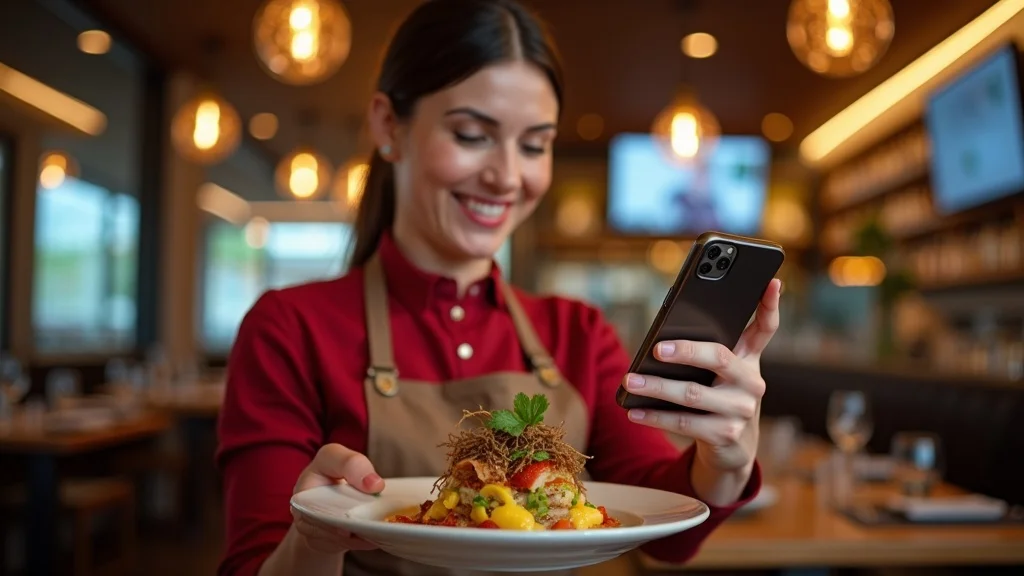
Smart Email Marketing Ideas for Restaurants
Don’t underestimate email marketing: when done right, it generates one of the highest returns of any digital effort—some studies estimate $38 for every $1 spent. Build segmented lists (think: birthday club, frequent online ordering users, holiday diners), then deliver timely, personalized messages. Examples: a promo on menu items just before lunch, an early heads-up about reservation windows for major holidays, or a free meal for every tenth online order.
Restaurants with high email open rates don’t blast generic messages. They create value—exclusive invitations, secret menu items, loyalty program rewards—that encourage immediate action. Integrate email marketing with your POS system, track customer response, and test A/B variations (different subject lines or offers) to see what compels diners to click, order, or share. With the right mix, email can drive both online orders and repeat in-house visits.

Boosting Online Orders with Restaurant Marketing Tools
Online ordering is now a staple for both fast-casual and upscale establishments. To turn this channel into a revenue engine, integrate order buttons directly on your website and Google Business profile. Use promo codes tied to your top social media channels and highlight menu items that maximize profitability (think family meal bundles or chef’s specials). Smart use of third-party platforms can extend reach, but direct online ordering links usually improve margins.
Tools like analytics dashboards, SMS messaging, and email follow-ups turn every online order into a chance for upselling or future engagement. Monitor top-selling items, cart abandonment rates, and feedback after delivery. Restaurants with effective online order systems also cross-promote: QR codes on receipts link to future offers, while loyalty programs reward repeat digital customers. Iterate tactics to keep this channel efficient—and always easy for first-time users.
Optimizing Your Google Business Profile for Local Restaurant Visibility
A fully optimized Google Business profile is one of the most valuable assets for driving local discovery and bookings. Make sure your business info is always accurate—especially hours, location, and menu items. Regularly update your photo gallery, post new events, and respond quickly to reviews. Many customers start their relationship with your restaurant with a branded search; the more robust your Google Business setup, the higher your chances of capturing intent and winning new diners.
Use Google Posts to feature specials, highlight community involvement, or announce loyalty programs. The more active your profile, the better your search rankings—and with mobile searches for “restaurants near me” up year over year, staying visible is non-negotiable. Connect your Google Business insights with other analytics platforms to understand which marketing campaigns actually lead to bookings or online orders.
Google Ads and Paid Digital Campaigns: Are They Worth Your Marketing Budget?
Paid advertising through Google Ads or social media platforms can deliver significant returns for restaurants willing to track results and optimize spend. The best campaigns use tight geographic and demographic targeting—think “Mexican restaurant in Austin” or “brunch near me”—to reduce wasted impressions and maximize reach to the right audience. Regular A/B testing on headlines, images, and calls to action ensures continual improvement.
However, not every restaurant sees the same ROI from Google Ads. The trick is starting with small budgets, measuring conversion rates (not just clicks), and comparing costs to other channels like email marketing or influencer partnerships. For local restaurants, combining Google Ads with in-person community efforts and loyalty programs can deliver compounding results.
Watch:
Powerful In-House Marketing Ideas for Restaurants
Effective Loyalty Programs: Building Loyal Customers
Loyalty programs have evolved from crumpled punch cards to sleek app integrations and personalized reward systems. Today’s top-performing strategies offer instant value—such as a free meal after several visits or points for every online order. Modern platforms allow restaurants to analyze guest behavior, roll out exclusive menu items, and send real-time offers based on dining frequency, making the experience seamless for customers and data-rich for operators.
When loyalty programs are robust, guests feel genuinely appreciated. Track redemption rates, repeat visits, and feedback to guide the evolution of your campaign. For local restaurants, tie loyalty rewards to seasonal specials or community events—ensuring members have more reasons to return and spread the word.
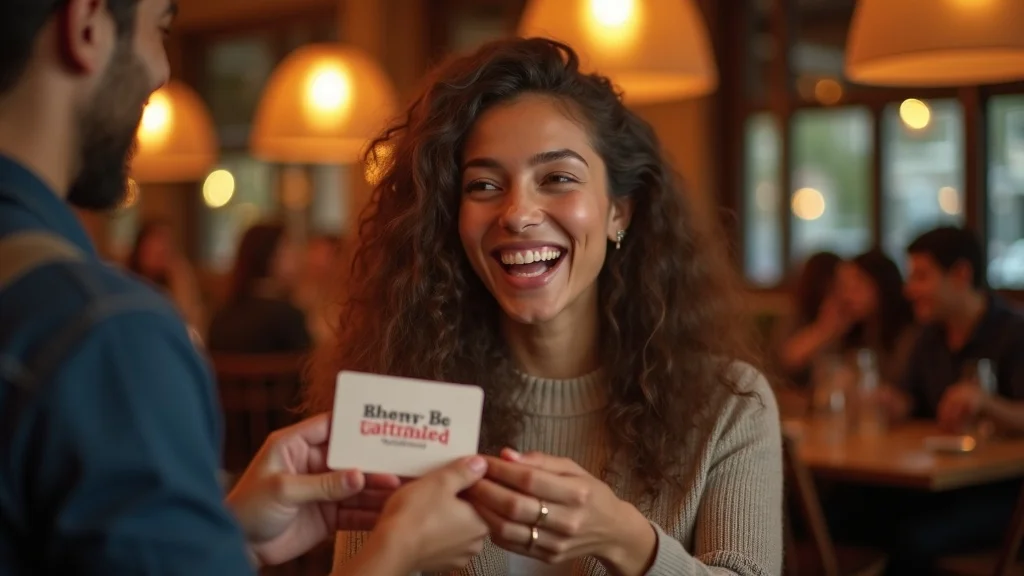
Event Marketing Campaigns and Experiential Offerings
Experiential marketing—live events, pop-up collaborations, and themed dinners—is a tried-and-true strategy for driving excitement and filling seats. Many creative restaurant marketing ideas originate here: think chef’s table nights, culinary workshops, or partnerships with local artists. These events not only generate buzz on social media and Google posts but can anchor “slow” nights with high-margin experiences.
Key to success: Invest in campaigns that reflect your brand’s identity and encourage organic sharing—like dedicated hashtags or “Instagrammable” stations. Attendees become brand ambassadors, especially if events are tied into your loyalty program or paired with exclusive online ordering deals. Analyze ROI by tracking event reservations, menu item up-sells, and post-event survey feedback.

Tabletops, In-Store Signage, and Menu Marketing Tactics
“We turned every table into a silent marketer — and our dessert orders went up 30%.” — Sally Price, Owner, The Corner Eatery
Every tabletop is an opportunity for targeted communication. Use branded QR codes to link guests to online order options, secret menu items, or join the loyalty program. Rotating signage can highlight seasonal specials, chef stories, or prompt guests to leave Google reviews. High-impact signs at key touchpoints—entryways, restrooms, and the checkout—remind guests about new promotions or upcoming events long after they’ve put away their phones.
Combine these in-store tactics with digital outreach for best results: mention exclusive “dine-in only” deals in your next email marketing campaign, or feature your best photos from events and tabletop campaigns in social media posts to close the loop between on-premise and online marketing strategies.
Local Restaurant Marketing Tactics to Elevate Community Engagement
Partnering with Local Businesses: Strategic Marketing Alliances
Strategic alliances with nearby businesses can supercharge your exposure. Co-hosting events with coffee shops, retailers, or gyms attracts new diners and brings in referral business, amplifying your marketing campaign’s reach without doubling your budget. Gift certificate swaps, joint happy hours, and shared social media marketing campaigns often outperform isolated tactics, capitalizing on existing trust within the local customer base.
For local restaurants, cross-promotions can mean anything from reciprocal discounts to shared sponsorship of community events. These partnerships are especially effective when both brands are aligned in vibe and target audience—think vegan bakery partnering with a community yoga studio. Measure guest cross-over through tracking links, promo codes, or guest surveys to validate which partnerships generate actual reservations and repeat visits.

Sponsorships, Community Events & Local Marketing Campaigns
Investing in local sponsorships and community-driven campaigns pays off in both visibility and goodwill. Sponsor local sports teams, school functions, or charity events for free meal giveaways, logo placement, and taste-testing opportunities. Involvement builds trust with the community and grows your local restaurant’s reputation organically—making it a go-to for everyday meals and special occasions alike.
Next-level strategies include running your own community event—food drives, “meet the chef” nights, or neighborhood block parties. These build brand loyalty and often deliver photo ops for social media marketing that brings in fresh faces long after the event. Track impact by monitoring event mentions, spike in social media activity, and uptick in online orders tied to local promotions.
Online Reviews and Reputation Management in Restaurant Marketing
- How to encourage customers to leave positive reviews
- Managing negative reviews professionally
Today, managing your online reputation is a restaurant marketing tactic in its own right. Actively solicit reviews from satisfied guests (“Leave us a Google review for a free dessert on your next visit!”) and craft timely, professional responses to every review—good or bad. Consider integrating review requests into your online ordering confirmation page, encouraging positive feedback and prompt service recovery.
Handling negative reviews with transparency and a genuine offer to make things right turns potential PR risks into opportunities to demonstrate great service. Regular review analysis also reveals which menu items, team members, or experiences drive the most praise—or highlight needs for improvement. Your business profile should reflect a living, evolving story, fueled by honest guest feedback.
Analyzing and Measuring the Success of Restaurant Marketing Strategies
Essential Metrics for Restaurant Marketing Campaigns
Analytics make or break restaurant marketing campaigns. Don’t settle for “we feel busier”—quantify results by tracking:
- Reservation and online order volume
- ROI from Google Ads and social media posts
- Average spend per guest, per campaign
- Repeat customer rate, loyalty program participation
- Engagement on marketing emails and social media
For local restaurants, consider also tracking “lead indicators”—like walk-in traffic on nights promoted in your last email campaign—or post-event spikes in Google Business profile clicks. Over time, this mix of digital and analog data will reveal which restaurant marketing tactics deliver sustainable, compounding results.
Tools and Dashboards for Restaurant Marketing Analysis
There’s no shortage of tools for tracking campaign results—Google Analytics, POS integrated dashboards like Toast or Square, CRM software, and social media analytics. The trick is to select systems that interact and display results in easy-to-understand dashboards. For multi-unit operators, look for solutions offering roll-up reporting and granular, per-location insights.
Dashboards should show what’s working and what isn’t, not just in aggregate but by campaign, segment, or channel. Use these results to pivot budget, retool loyalty programs, or double down on marketing ideas generating a positive buzz. Most importantly, implement a regular cadence for reviewing results as a team, so insights actually guide next steps.

Improving and Iterating on Your Restaurant Marketing Tactics
True marketing success hinges on iteration. Every campaign—whether a social media contest, email marketing blast, or loyalty program launch—delivers valuable data. The most effective restaurant marketing strategies are those that adapt quickly: tweaking copy, shifting budgets, or trying new channels in response to measurable shifts in guest behavior. Solicit staff and guest feedback for “on the ground” pulses that dashboards might miss.
Instead of viewing a lackluster campaign as a loss, treat it as a learning opportunity. What resonated? Where did engagement lag? Over time, this process develops marketing intuition—giving you the confidence to test bold new marketing ideas and double down on what actually works for your unique brand.
Common Marketing Mistakes Restaurants Make (and How to Avoid Them)
- Overlooking the marketing budget
- Failing to adapt restaurant marketing strategies to technology
- Ignoring customer feedback
Even the best-intentioned restaurants fall into traps—pouring resources into campaigns that aren’t measured, sticking with outdated flyers instead of digital marketing tactics, or missing the goldmine of guest feedback. To stay competitive, revisit your marketing budget and allocate flexible funds to trial new approaches. Integrate technology slowly but consistently—over-relying on “what worked last year” means forfeiting your audience to more agile competitors.
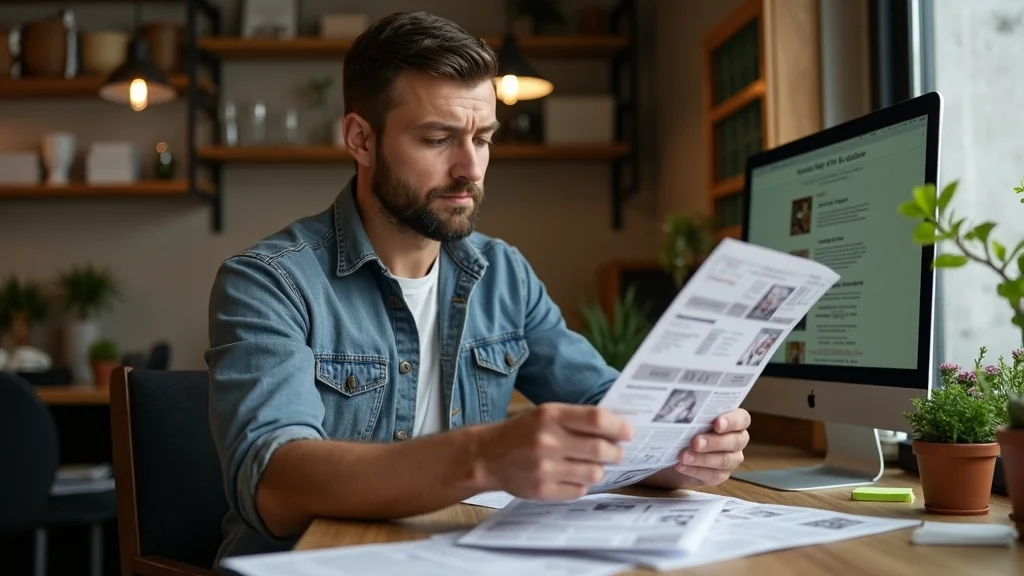
“We thought flyers would do the trick forever. But when we switched to loyalty programs, revenue jumped.” — Marcus Lee, Franchise Owner
People Also Ask: Key Questions About Restaurant Marketing Tactics
What is the best marketing strategy for restaurants?
The best restaurant marketing strategy blends online visibility (like social media, Google Business Profiles, and online ordering) with well-executed offline tactics such as local events, community partnerships, and robust loyalty programs. Consistent measurement and adaptation are crucial—you want a marketing campaign that attracts new customers and keeps loyal diners coming back.
What is the 30 30 30 rule for restaurants?
The 30/30/30 rule guides a healthy cost structure for restaurants: 30% for the cost of goods, 30% for labor, 30% for overhead, and the remaining 10% as profit. Use this as a baseline to assess how much to allocate to your marketing budget, ensuring that your investment in restaurant marketing tactics doesn’t erode essential margins.
What are the 4 P’s of marketing mix for restaurants?
The 4 Ps are Product (your menu and guest experience), Price (value perception), Place (your location—both physical and online—such as your business profile and delivery radius), and Promotion (all channels and campaigns that drive awareness, engagement, and loyalty program participation).
What are the 4 marketing strategies?
The core strategies—market penetration (gaining more sales from your current market), market development (reaching new customers), product development (innovating new menu items and experiences), and diversification (entering new markets or channels)—all adapt readily to the hospitality industry. For restaurants, this means rolling out new loyalty programs, expanding online ordering channels, and experimenting with creative marketing campaigns to broaden your customer base.
Frequently Asked Questions: Restaurant Marketing Tactics
How much should I budget for restaurant marketing tactics?
A good rule of thumb is to allocate 3–6% of projected gross sales to your marketing budget. However, assess what is already driving bookings and repeat business—invest more in high-ROI channels such as well-managed loyalty programs or proven digital advertising campaigns. Revisit your marketing budget at least quarterly for best results.
Which restaurant marketing strategies work best for new restaurants?
For new local restaurants, combine digital visibility (map listings, Google Business optimization, basic Google Ads campaigns) with grassroots efforts like partnerships, grand opening events, and aggressive email marketing list-building. Feature signature menu items early and collect reviews to build online credibility quickly.
How to choose between digital and traditional restaurant marketing tactics?
Prioritize digital tactics if your target audience relies on mobile or Google searches. Traditional tactics still work in tight-knit communities with less tech-savvy demographics. The best approach blends both—integrating digital tracking with in-person experiences and signage for a comprehensive marketing strategy.
Tips for measuring success in restaurant marketing campaigns?
- Benchmarks for success
- Common industry KPIs
Track total visits, online order frequency, campaign conversion rates, and average guest spend per visit. Use real-time analytics tools and routinely survey guests for feedback. Reviewing marketing campaigns monthly helps spot patterns—empowering you to invest more in what’s working and creatively adjust what’s not.
Lists: 25 Proven Restaurant Marketing Ideas You Can Use Today
- Launch Instagram-worthy menu items
- Collaborate with local influencers
- Start a customer referral program
- Try limited-time offers
- Optimize Google Business Profile
- Host themed nights
- Create a loyalty program
- Use paid social advertising
- Collect and publish customer reviews
- Run a holiday email marketing campaign
- Offer discounts for online ordering
- Partner with local organizations
- Add SMS marketing to your mix
- Create engaging in-store signage
- Use tabletop QR codes for direct marketing
- Host pop-up kitchen experiences
- Roll out a mobile app
- Collaborate with food delivery platforms for promos
- Reward repeat customers
- Theme monthly events around trends
- Sponsor local sports teams
- Offer birthday rewards
- Set up geo-targeted Google Ads
- Run cross-promotions with nearby retailers
- Use data to track all restaurant marketing campaigns

Key Takeaways from Today’s Top Restaurant Marketing Tactics
- Restaurant marketing tactics must blend online and offline efforts
- Prioritize tactics proven by local competitors and national chains
- Data analysis is crucial for adapting marketing strategies
- ROI measurement allows continuous improvement
How To Start Your Next Restaurant Marketing Campaign Immediately
- Assess your current restaurant marketing strategy
- Identify 2-3 new marketing ideas to implement
- Set specific, measurable goals for your next campaign
- Track results and adapt

Final Thoughts: Adapting Restaurant Marketing Tactics in a Changing Landscape
“The restaurants that rise are those that see marketing as an investment, not a cost.” — Industry White Paper, 2023
Watch: Expert Roundtable: Where Restaurant Marketing Tactics Are Going Next
Unlock Growth With Referral Marketing: Start Your Restaurant Marketing Campaign Today
- Connect with referral marketing experts for tailored advice
- Explore digital referral platforms to boost your word-of-mouth
- Get started: Referral Marketing Experts https://digitalredzone.com/referral-marketing/
Conclusion
In today’s competitive environment, the best restaurant marketing tactics blend data-driven digital strategies with authentic in-house experiences—evolving constantly to turn every guest into a repeat advocate. Start, test, and measure relentlessly for sustained growth.
If you’re ready to take your restaurant’s marketing to the next level, consider how a holistic digital marketing approach can transform your results. By leveraging expert guidance and innovative strategies, you can unlock new growth opportunities and stay ahead of industry trends. For a broader perspective on how digital marketing can elevate your entire business—not just your campaigns—explore the full range of solutions and success stories at Digital Red Zone. Discover what’s possible when you combine proven tactics with forward-thinking strategy, and set your restaurant up for long-term success.
Sources
- National Restaurant Association – https://restaurant.org
- Upserve Restaurant Insider – https://upserve.com/restaurant-insider/restaurant-marketing/
- Restaurant Business Online – https://www.restaurantbusinessonline.com/marketing
- Referral Marketing Experts – https://digitalredzone.com/referral-marketing/
To enhance your understanding of effective restaurant marketing tactics, consider exploring the following resources:
- “Restaurant Marketing: 10 Tactics To Boost Sales” (oppizi.com)
This article outlines ten actionable strategies, including setting SMART goals, optimizing your website, leveraging social media, and implementing email marketing campaigns, all aimed at boosting restaurant sales.
- “12 Restaurant Marketing Ideas To Attract Customers” (squareup.com)
This piece offers twelve innovative marketing ideas, such as offering loyalty programs, integrating promotions, leveraging email marketing, and collecting customer reviews, to help attract and retain customers.
If you’re serious about elevating your restaurant’s marketing efforts, these resources provide valuable insights and practical strategies to help you achieve your goals.
